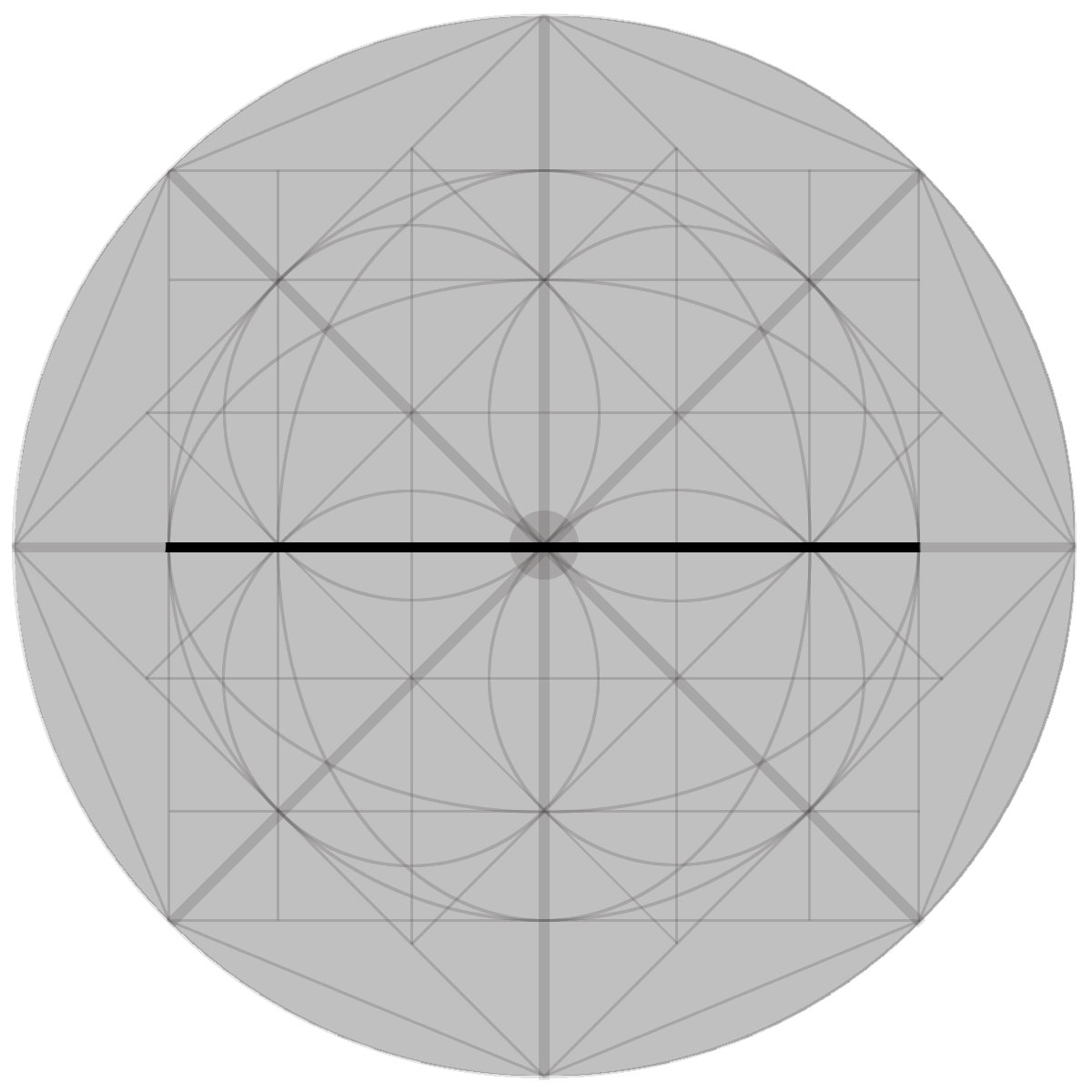
The outward block / punch sequence is as follows:
| 1) | step to the left with the left foot with the execution of both a left vertical outward block and a right straight punch |
| 2) | draw the right foot toward the left into a right forty five degree cat stance while simultaneously retracting both arms to the left side in a 'cup and saucer' position |
| 3) | step to the right with the right foot with the execution of both a right vertical outward block and a left straight punch |
The obvious information derived from this sequence is:
•it advances from the transitory (cat) position
•it only utilizes the offset horse stance (excluding the transition)
•it introduces the use of both the front and rear hand simultaneously (as major moves)
•it shows both sides of the sequence (opposites)
Analyzing this sequence further exposes the following information:
•the sequence uses the power principles of back-up mass (punch) with torque (block)
•the sequence isolates the power principle of back-up mass
•the sequence is executed to the horizontal plane
•
Outward Block Specific Information
The obvious information derived from the Vertical Outward Blocks is:
•the block is defensive
•both blocks use the thrusting Method of Execution
Punch Specific Information
The obvious information derived from the punch is:
•the strike is offensive
•the strike is a long range weapon - but execute to the short range (because of rear hand without stance rotation)
•both strikes use the thrusting Method of Execution
Transition Specific Information
The obvious information derived from the transition is:
•the maneuver is the opposite side of the inward / outward transition
•the transition is 90 degrees
Analyzing this sequence further exposes the following information:
•the maneuver steps back to the same direction from which it transitioned